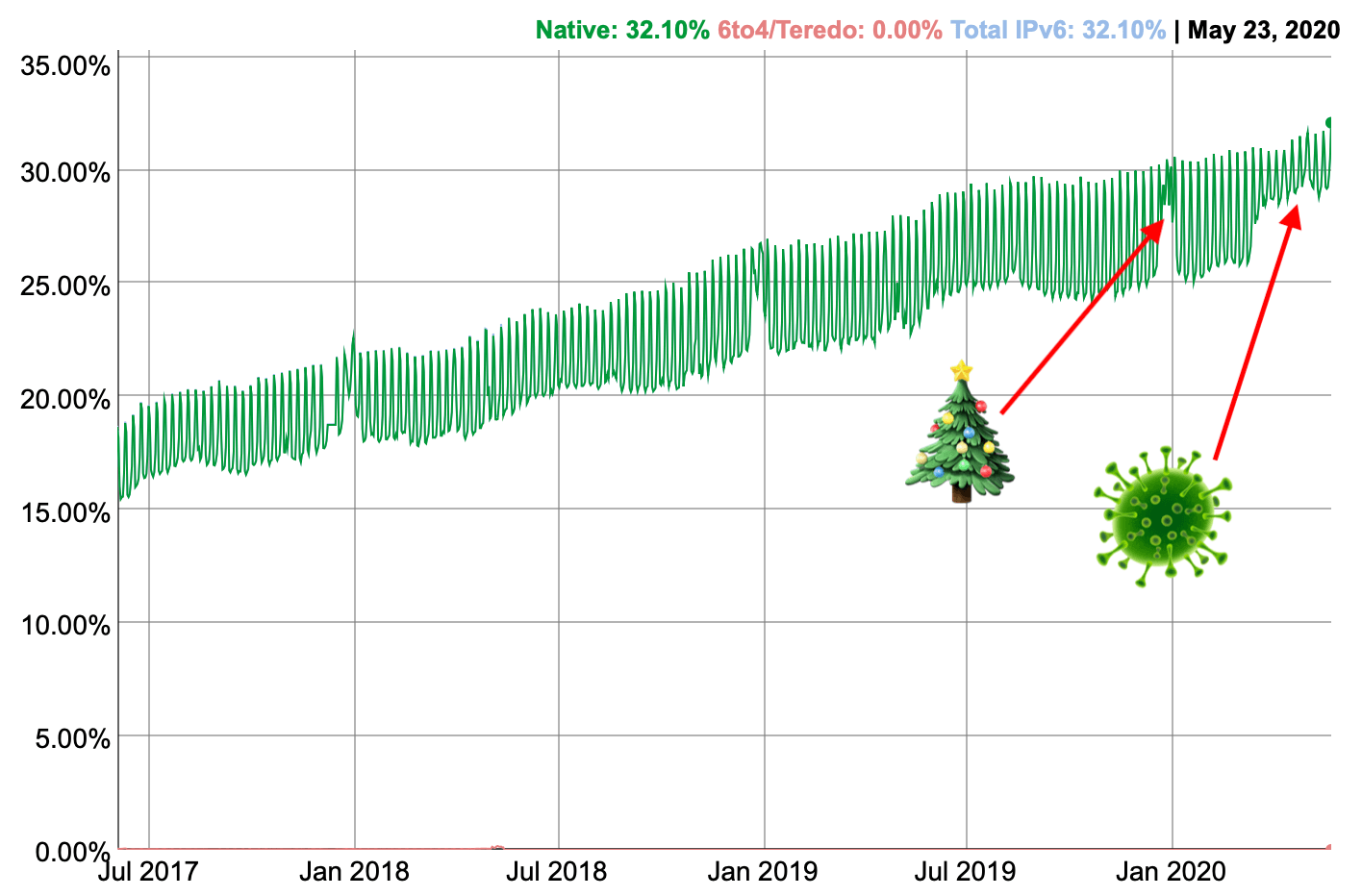BASICODE: software distribution by radio broadcast in the 1980s
▼ In 2009, I started an effort to digitize all my cassette tapes. As my last computer that still has a line in port is facing retirement, I decided to finally finish that project. Perhaps more about this later. Turns out some of these old cassettes have weird things on them, including radio broadcasts that contain computer programs.
Back in the 1980s, home computers didn’t come with any storage. But a Commodore 64 floppy drive cost the same as the computer itself here in Europe. So it was common to use a cheap cassette drive to store programs and data. You could of course buy commercial software and/or exchange copies with friends. But without a modem, which didn’t appear until around 1990, there was no good way to exchange data with larger likeminded groups. It also didn’t help that there were many different home computers and they were all different.
Both these problems were addressed with BASICODE. This was a lowest common denominator subset of the BASIC programming language that all home computers came with. For the essential functions missing from the common BASIC subset, BASICODE provided a set of standardized subroutines. So if you wanted to run BASICODE programs, all you had to do is make the subroutines for clearing the screen, setting the cursor position, et cetera for your specific computer, and you could run all BASICODE programs.
But you still had to get these programs. Solution: a standardized cassette data format. BASICODE for a certain computer model would typically be able to read and write BASICODE from/to cassette. There were also little adapters that plugged into the serial port. These days, we can use the program minimodem to decode BASICODE from WAV files. I pulled pvtmert/minimodem from Docker and used the following to decode my recordings:
docker run --rm -ti -v /Volumes/video/rips:/rips pvtmert/minimodem minimodem -f /rips/basicode.wav --rx -q -S 1200 -M 2400 --stopbits 2 1200 |LC_ALL=C tr '200-377' '000-177' >basicode.txt
(The tr command strips the high bit that is set to 1 in the BASICODE protocol.)
In addition to broadcasting a selection of various user-submitted BASICODE programs, the radio program Hobbyscoop also broadcast a weekly newsletter in the form of a BASICODE program. Turns out I have a recording of the 250th one, from 1989. This is how the program came off of the tape.
After cleaning it up wanted to run the program on my C64 Mini, but for the life of me I couldn’t find the C64 BASICODE subroutines. So I made my own. Get the .prg file here if you want to try for yourself. Or try it here with a Javascript BASICODE interpreter.
Then I decided to see how hard it would be to make BASICODE run in Python. Have a look at the resulting code here. Turns out that with some small syntax differences a lot of BASIC statements are basically the same in Python, and it’s easy enough to implement most missing ones with a few lines of code. The big difference is that in BASIC, you mostly need to structure programs yourself using GOTO statements, while modern languages like Python are much more structured and don’t have GOTO. Also, in BASIC all variables are global. So the porting is easy, but not entirely trivial.
The hardest part was getting reading the cursor position to work properly. In xterm you do this by sending an ANSI escape sequence to the terminal, and then you get one back that you read from standard in. Strangely, this was also the hardest part on the Commodore 64, where I eventually had to call a KERNAL (system) routine to do this.
Permalink - posted 2020-07-04 - 🇳🇱 Nederlandse versie


